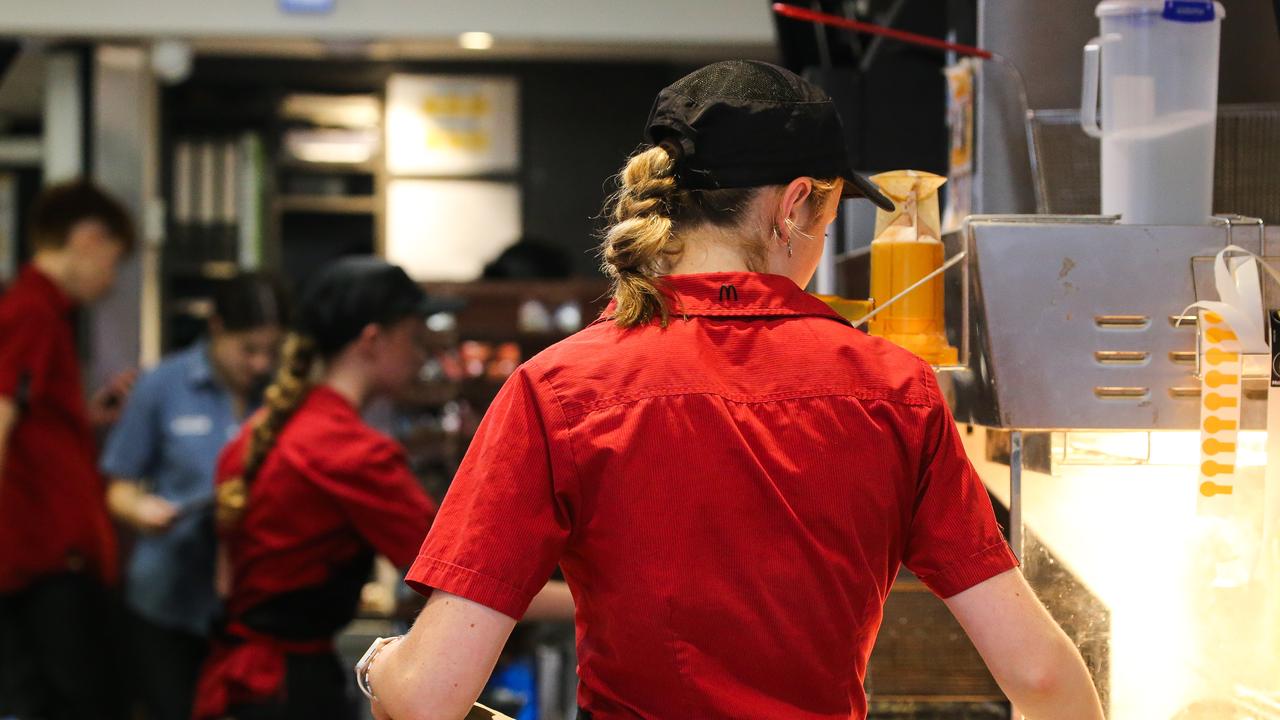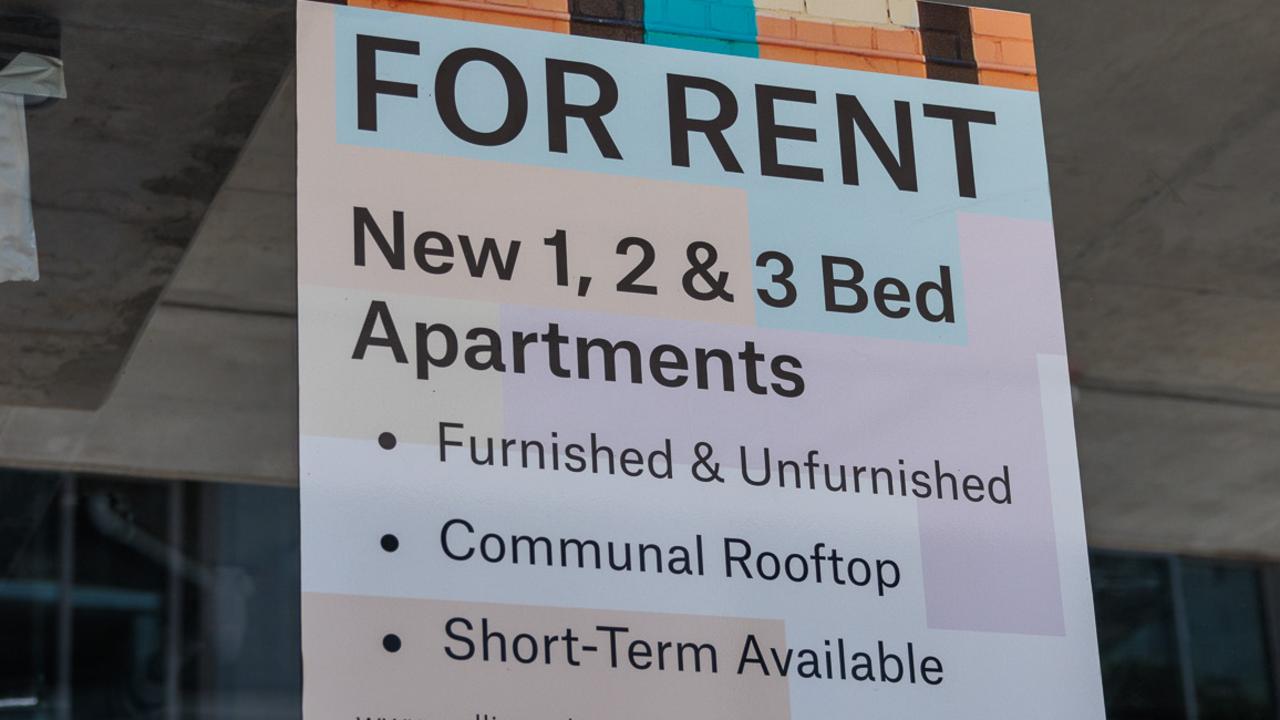What would Australia look like with a population of 36 million?
AUSTRALIA’S growing population is set to reach 36 million by 2050, and some warn it will have scary consequences for our daily lives.
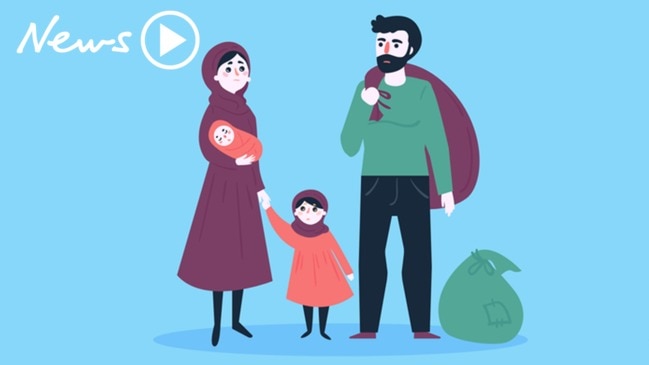
MASSIVE tolls on our roads. Not being able to afford your own car. Being forced to live in a high-rise apartment with no backyard. Having to get a ticket just to go to the beach.
This is the grim reality we face if the nation doesn’t get serious on tackling population growth, according to the leader of the Sustainable Australia Party.
Last night’s Four Corners delved into what a “Big Australia” would mean for our country, and the tough decisions that will have to be made if the population explodes as anticipated.
As it stands, Australia will hit a population of 36 million by 2050, leaving politicians, academics and the wider public divided on whether this is a good or bad thing.
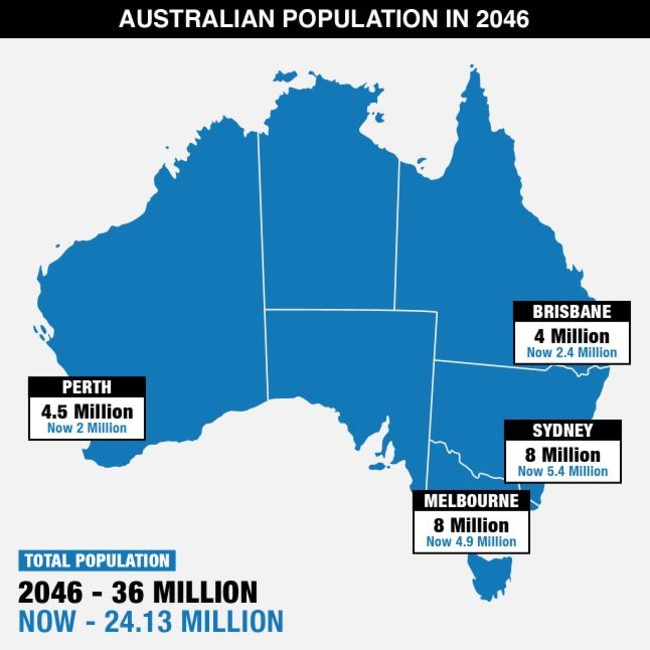
Sustainable Australia founder William Bourke stands by the latter. He warned that if our current growth rate continues, assets of a suburban life such as cars and houses with backyards will become increasingly impossible to own.
“If our population growth continues at this rate, you’ll be taxed out of owning your own car,” he told news.com.au. “This is not just 36 million by 2050. We’re talking about a population of 80 to 100 million people by the end of the 21st century.”
According to the latest ABS population projection data, Australia’s population could reach up to 70.1 million people by 2101.
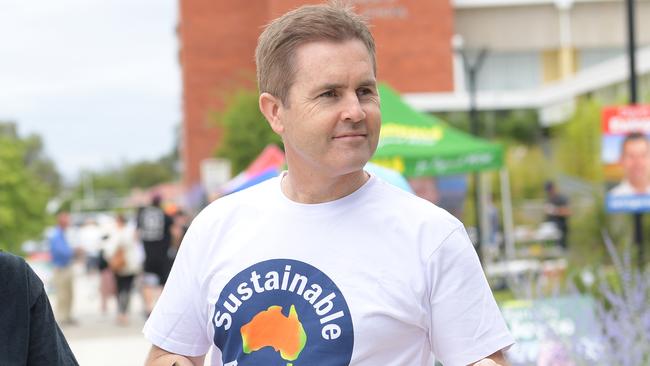
Mr Bourke said a growing population would equal reduced land, which he said would diminish our healthcare and schooling systems, suggesting there would be “massive queues” for hospital beds and school enrolments.
He warned of major environmental impacts, saying we’ll miss our greenhouse gas targets if our population continues to rise.
“Studies have shown that with our current population greenhouse gases are going up, and the effects of climate change will be exacerbated,” he said. “Too many people are coming in at the same time we’re shutting down baseload power — we’re trying to transition too quickly to renewable energy.”
He also expressed concern for animal welfare, following reports in recent years of koalas being pushed towards extinction due to urbanisation, climate change and land clearing.
Former NSW Premier Bob Carr, who has repeatedly called for Australia to halve its immigration rate, warned that certain population control methods would create a “dystopia”, questioning whether it would lead to “fences and turnstiles” and “rationed access” to walking trails along the coast.
“Do you have fences and turnstiles? When the population around Bondi, for example, reaches the sort of intensified level that means the roads are choked most days in summer, do you start to ration access to the coastal walking trails along the coast?” he said on Four Corners.
“And down the national park? Fences, turnstiles, online ticketing. I mean, that’s the sort of dystopia that we can see coming at us through the mist.”
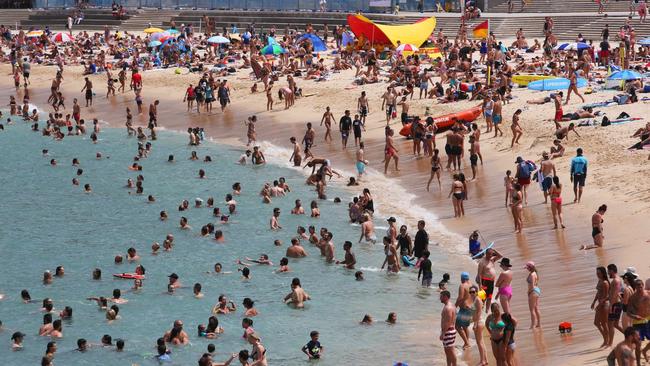
But Mr Bourke says a “Big Australia” is not inevitable — it’s simply being peddled as such.
Last month, Tony Abbott made the controversial call for Australia’s migrant intake to be reduced from 190,000 to 110,000.
Mr Bourke suggests we should go even further by cutting it down to 70,000 — including our humanitarian intake of 18,500. This view is shared by Australian businessman Dick Smith who has long advocated for population control.
“This was the net migration average in the 20th century and it made Australia great,” Mr Bourke said. “But when you triple that figure as John Howard did overnight, to over 200,000, you have massive consequences in your big cities. Today, 80 per cent of migrants are going to Sydney or Melbourne.”
He admitted it was an uncomfortable area of discussion. “The far right has often hijacked this debate, and talked about ethnicity or race or religion. Those things aren’t important. The real issue is numbers, sustainability and quality of life.”
He claimed this can be solved at the “stroke of a pen” if we lower immigration from 210,000 back to 70,000, and called for a plebiscite on the issue if politicians don’t take action.
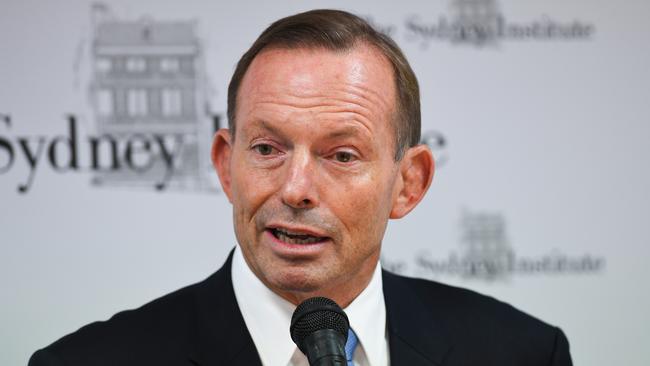
Opinion on this is divided. Many of Mr Abbott’s party colleagues, including Scott Morrison, Peter Dutton and Mathias Cormann, have dismissed his calls to lower our migration intake.
Doctor Liz Allen, a demographer at the Australian National University also presents a different view.
In an earlier interview with news.com.au, Dr Allen argued that our current migration intake is perfect for economic growth — that is, it should be no more and no less.
“Evidence shows that the optimal level for Australia, given the population characteristics, is between 160,000 and 210,000,” she said.
“If we were to look at the net effects of the contribution to the economy, Australia benefits and gains more from migrants than migrants draw from Australia.”
In a view she restated on Four Corners last night, Dr Allen told news.com.au she believes this has descended into an “us and them” debate.
“If we were to cut out immigration tonight and shut the door to Australia, we would still have a growing population,” she said. “We’d still have a need for more schools and hospitals in Sydney. The idea that we can stay put in some kind of historical holding point harks back to the 1950s.”

